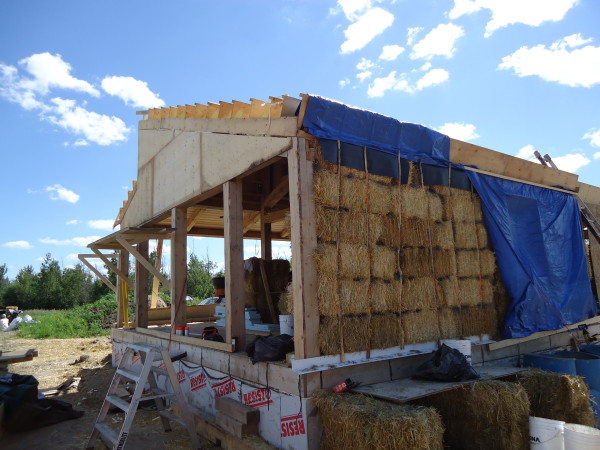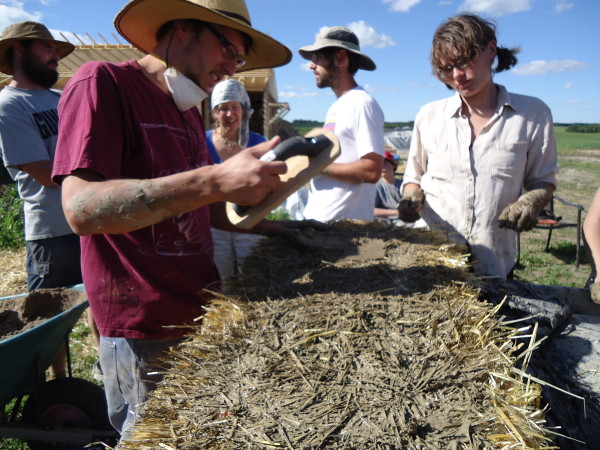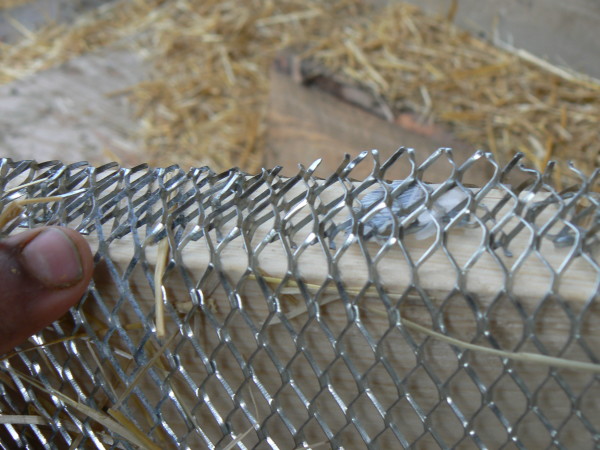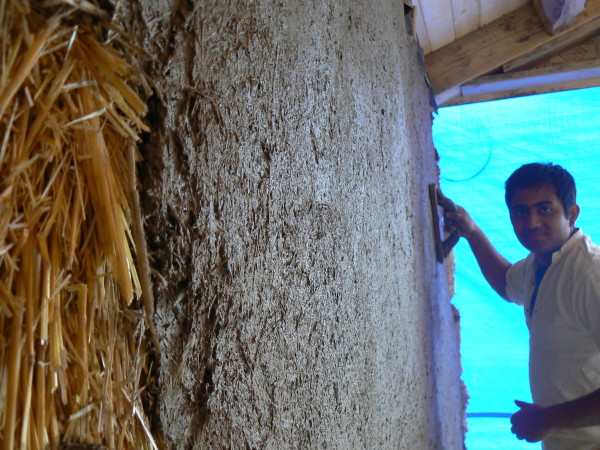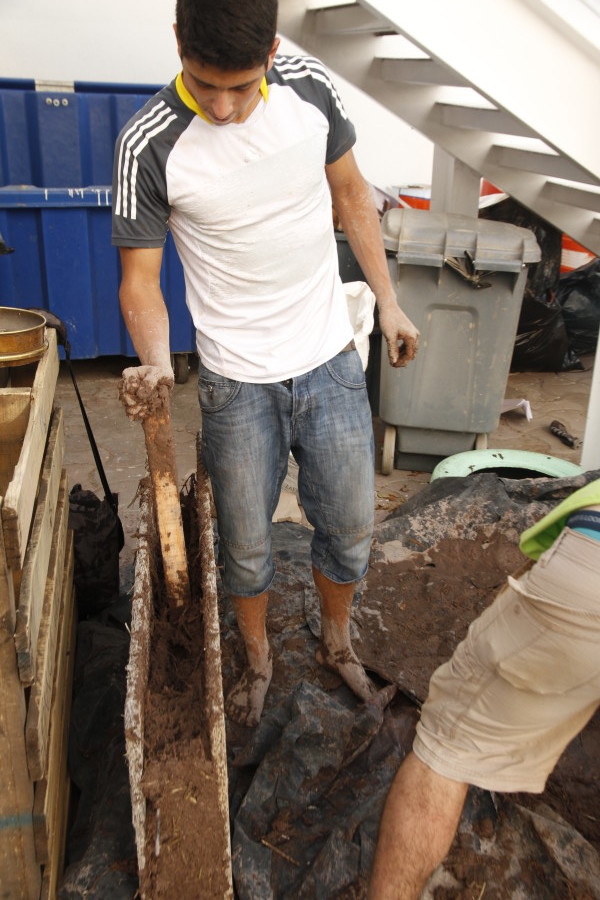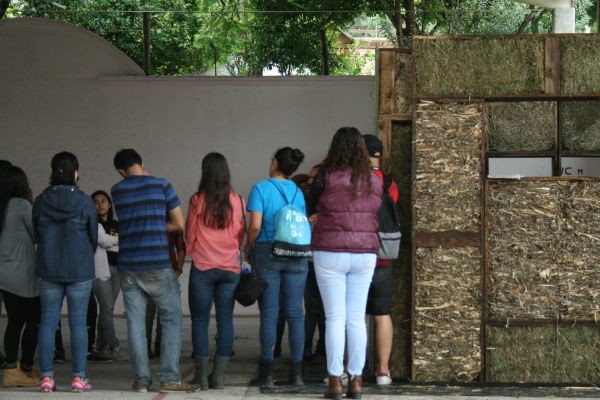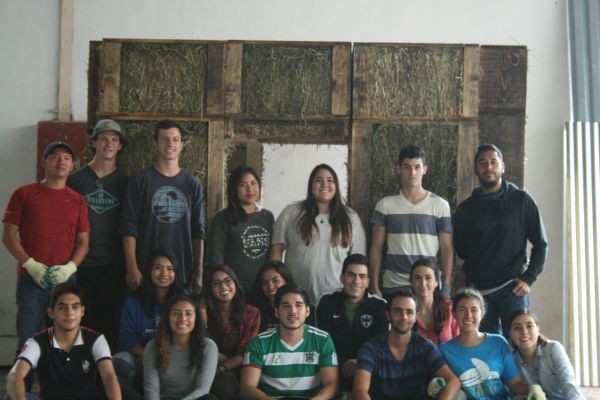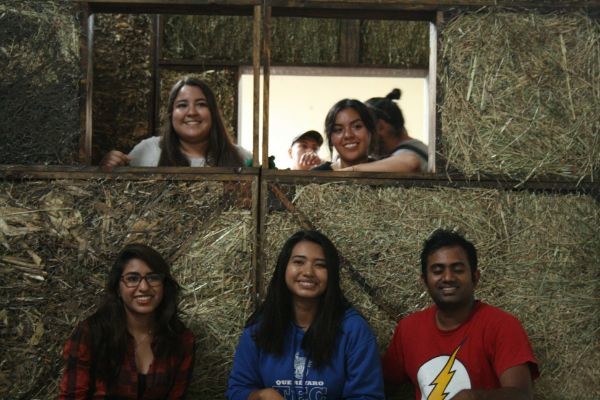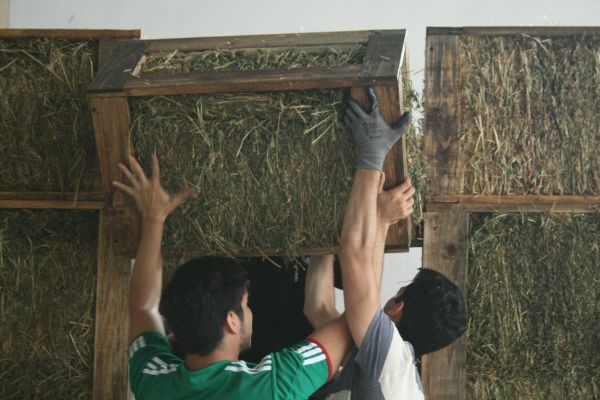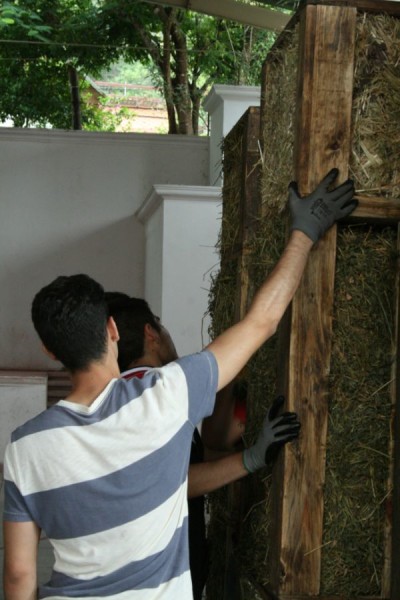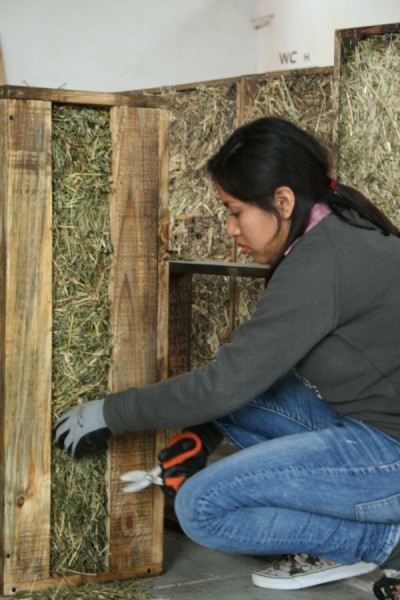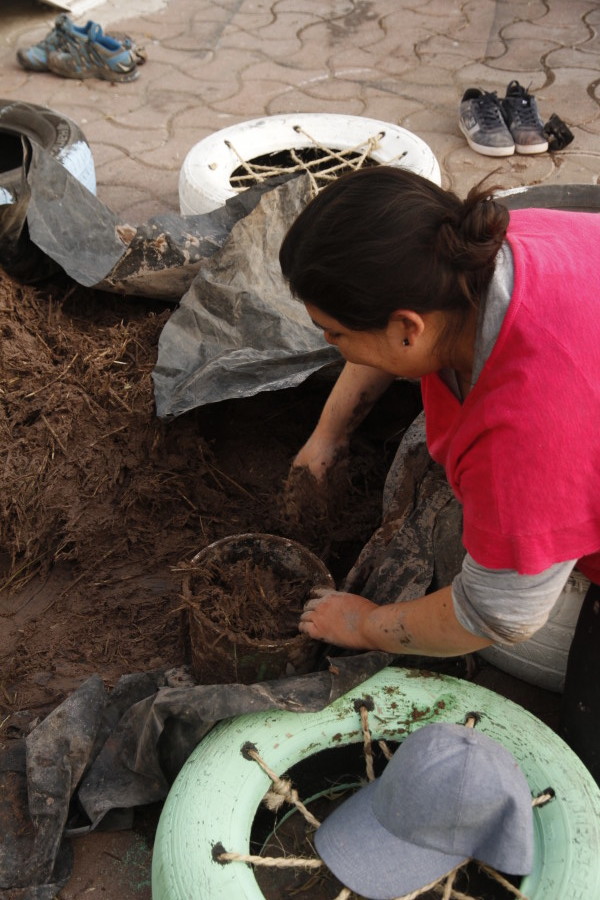Straw Bale
The idea of building a structure and filling in walls of straw / Straw-mud mixes is typical to the vernacular architecture of several communities living in cold/temperate climates. Straw adds the required insulation on one side while a thermal mass is coupled on the sun side of the building for solar heat gain during the day.
My first experience with Straw bale construction was in Saskatchewan, Canada where I took a workshop at the http://www.naturallimeplaster.ca/. Quite a complicated building material to work with, as the straw loses volume much more than earthen construction.
Walls are meant to breathe as much as possible with earthen plasters on both ends / one end such that any humidity accumulated would dry out. Earthen plasters are tested for their flexibility, respirability, and durability mainly.
Transitions between straw and structural members are taken care of with steel mesh to attain a better grip, similar to traditional stuccos.
When in Mexico, there were few examples of straw bale construction, however, the use of straw as wall infill with the earth was common. Earth slip was used commonly with straw to protect the fiber from degrading/shrinking.
While with La Casita Ecologica, in Sierra Gorda, Queretaro, Margarita Pedraza taught me the art of straw infill walls.. documented here
http://www.varunthautam.com/2015/05/wattle-and-daub-at-jalpan-la-sierra-gorda-queretaro-mexico/
Since then, there have been several workshops with Mexican experts like Vincent Aba, Alejandra Caballero, and Bill Steen where various techniques of earth-straw were learned.
Back at school whee, Prof Carlos Cobereros, the director of NatRural Lab,
Below are images of courses / Workshops organized with

